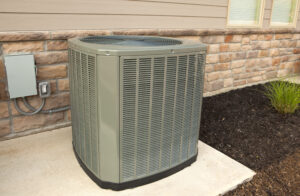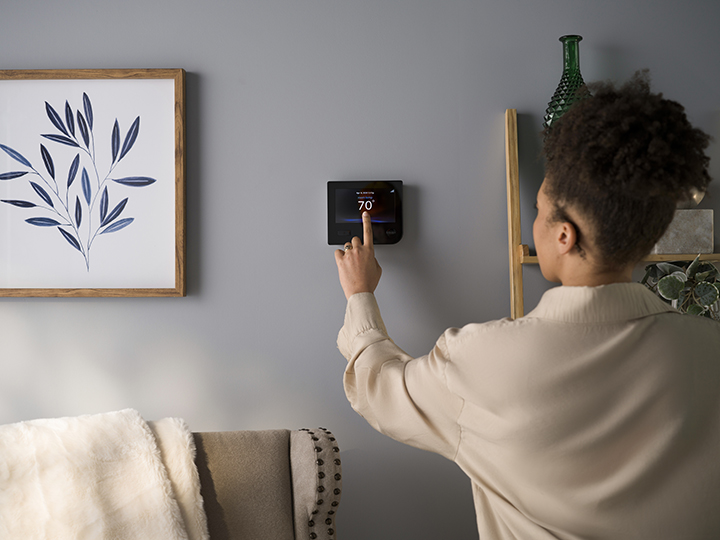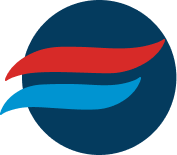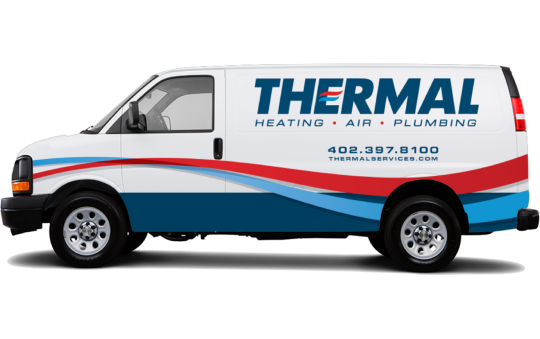If you’re considering an HVAC purchase for your home in the coming months, you’re likely poring over daily headlines with some concern. With on-again, off-again tariff announcements, it’s challenging to determine where things stand—especially when deciding whether to expedite your HVAC purchase. To help you make an informed decision, here’s everything we know about how tariffs may impact HVAC systems.

Where Do HVAC Systems Come From?
As of the end of 2024, the U.S. imported nearly $25 billion in HVAC equipment annually. The largest share came from Mexico, accounting for approximately $10 billion. China contributed another $5 billion, Canada $2 billion, and Thailand and South Korea made up $1.5 billion and $1 billion, respectively. Collectively, these five countries account for about 70% of HVAC equipment sold in the U.S.
Given that, it’s hard to imagine an HVAC purchase in the coming months that won’t be more expensive due to the new tariff proposals. Experts have warned that sweeping tariffs are essentially “a tax … one often passed along to consumers,” and it’s expected that “it would be tough to escape any impact from this”.
How Much Are the Tariffs on HVAC Exporters?
Exact tariff percentages are difficult to pin down. Many proposed changes remain in flux, and public announcements often conflict. However, based on early estimates, industry observers expect HVAC-related tariffs could be structured as follows:
- Mexico – estimated at up to 30%
- China – up to 55% on some equipment
- Canada – around 35%
- Thailand – approximately 36%
- South Korea – roughly 25%
While it’s unclear how much of these added costs will be passed along to consumers, most HVAC manufacturers and analysts expect price increases between 8% and 15% for homeowners in 2025.
Availability Issues
Another concern is availability. Importers are currently in a rush to beat tariff deadlines—many of which take full effect by August 1, 2025 (Nebraska.tv). But due to lingering supply chain issues from the COVID-19 pandemic, their efforts aren’t keeping pace with demand.
As noted in a report from NBC News, HVAC shortages have already driven up prices in some regions, and the situation is expected to persist well into 2025 and beyond.
Should You Speed Up Your HVAC Purchase?
If you’re working within a tight budget or want to avoid rising prices, now might be the ideal time to purchase. Many homeowners are locking in current prices before the full impact of tariffs is felt. Even if your installation is delayed, you can often secure pricing with your contractor today.
That said, there’s a silver lining if you’re not quite ready. According to trade publications like Air Conditioning, Heating & Refrigeration News, many high-efficiency HVAC models are manufactured domestically. That means the bulk of imported equipment consists of builder-grade and mid-tier models. If tariffs are applied selectively, price increases may be higher on lower-end systems—potentially narrowing the gap between standard and high-performance units. In other words, you might get more efficiency for your dollar later this year, even if prices rise.
Your Local HVAC Installation Specialists
Whether you’re ready to buy now or planning ahead, Thermal Services, Inc., is here to help. We’ve served Omaha homeowners since 1968 with expert installations, including geothermal systems, ductless systems, and high-efficiency upgrades. Our NATE-certified technicians are committed to top-tier service, and we offer financing options on approved credit.
Contact Thermal Services today to explore your HVAC options—and secure your system before tariffs take a bigger bite out of your budget.





